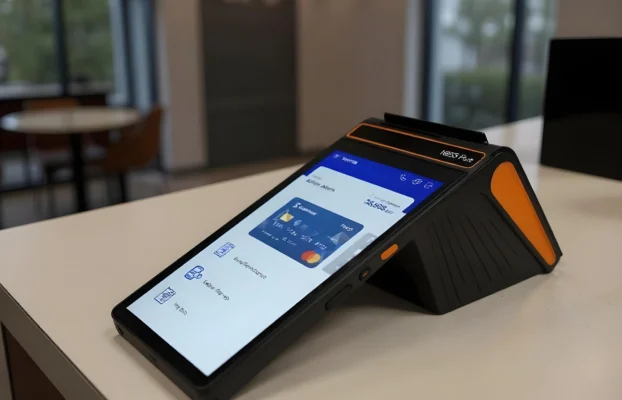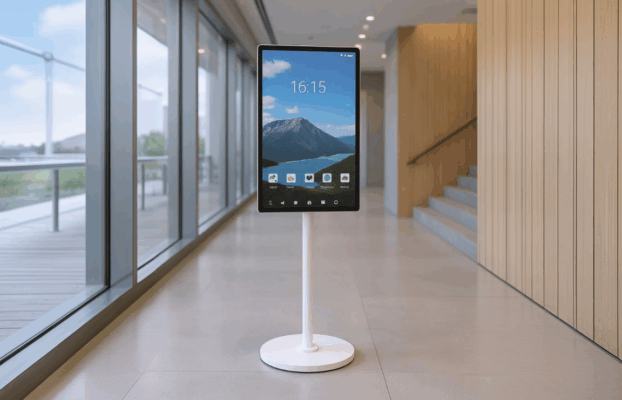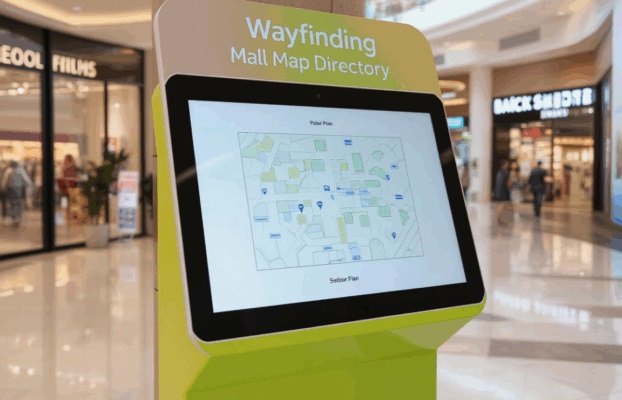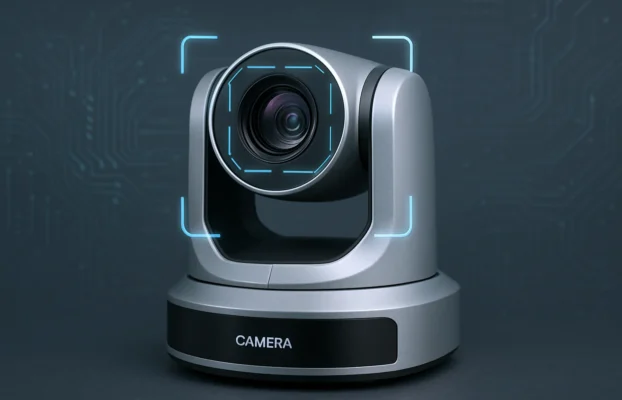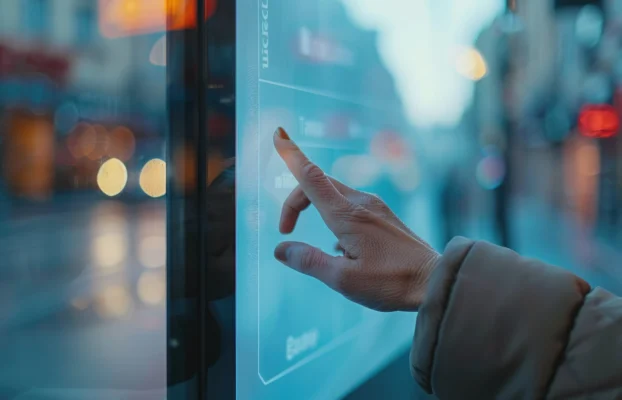In the era of digital transformation, Israk Malaysia is embracing technological advancements to revolutionize its educational landscape. Smart classrooms, equipped with state-of-the-art technology, are emerging as the new norm, heralding a paradigm shift in teaching and learning methods. Among the key components transforming traditional classrooms into dynamic learning environments are Smartboards and PTZ cameras. Smartboards, interactive whiteboards that seamlessly integrate digital content into lessons, are revolutionizing the way teachers engage with students. Gone are the days of monotonous lectures and static presentations. With a touch of a finger, educators can access a plethora of educational resources, from interactive multimedia presentations to online simulations, enriching the learning experience and catering to diverse learning styles.
 In Malaysia, the adoption of Smartboards in classrooms has gained momentum, driven by the government’s initiatives to embrace technology-enhanced learning. Schools across the country are investing in these interactive tools to foster collaborative learning and cultivate digital literacy among students. The interactive nature of Smartboards encourages active participation, fostering a dynamic exchange of ideas and promoting critical thinking skills. Furthermore, Smartboards facilitate personalized learning experiences, allowing teachers to tailor instruction to individual student needs. Through interactive exercises and real-time feedback mechanisms, educators can assess student understanding and adjust their teaching strategies accordingly, fostering a supportive learning environment where every student can thrive.
In Malaysia, the adoption of Smartboards in classrooms has gained momentum, driven by the government’s initiatives to embrace technology-enhanced learning. Schools across the country are investing in these interactive tools to foster collaborative learning and cultivate digital literacy among students. The interactive nature of Smartboards encourages active participation, fostering a dynamic exchange of ideas and promoting critical thinking skills. Furthermore, Smartboards facilitate personalized learning experiences, allowing teachers to tailor instruction to individual student needs. Through interactive exercises and real-time feedback mechanisms, educators can assess student understanding and adjust their teaching strategies accordingly, fostering a supportive learning environment where every student can thrive.
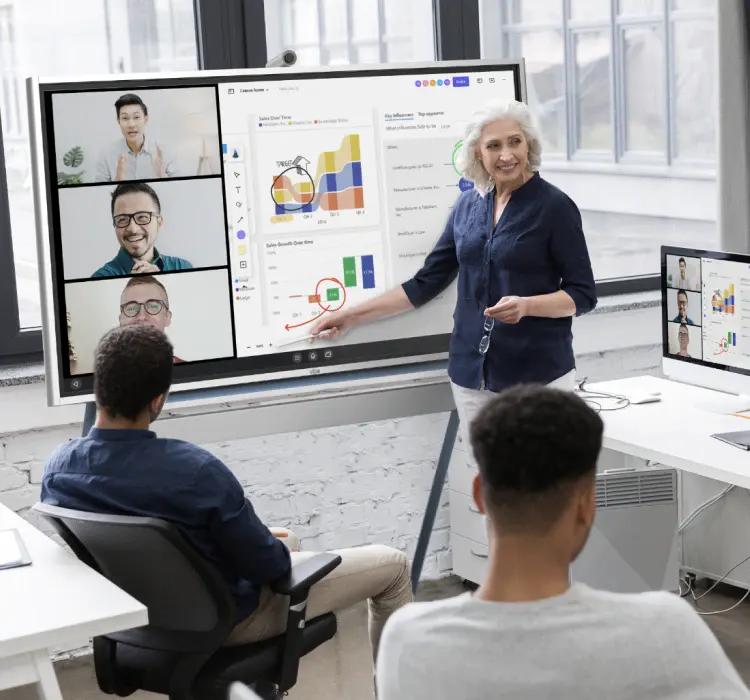 Complementing the functionality of Smartboards are PTZ (Pan-Tilt-Zoom) cameras, which play a pivotal role in enhancing the classroom experience. These advanced cameras offer remote-controlled pan, tilt, and zoom capabilities, providing educators with the flexibility to capture different perspectives and share content with remote learners in real-time. In Malaysia, where geographical barriers may hinder access to quality education, PTZ cameras bridge the gap by enabling virtual classrooms and remote learning initiatives. Students residing in remote areas can now participate in live lectures and interactive sessions, fostering inclusivity and expanding educational opportunities.
Moreover, PTZ cameras facilitate seamless collaboration among educators, enabling them to share best practices and resources across different schools and regions. Through virtual conferences and professional development workshops, teachers can engage in continuous learning and exchange ideas to enhance their pedagogical practices. The integration of Smartboards and PTZ cameras represents a significant step towards building a future-ready education system in Malaysia. By leveraging technology to create interactive and immersive learning experiences, schools are equipping students with the skills and competencies needed to thrive in the 21st century. However, the journey towards fully realizing the potential of smart classrooms requires concerted efforts from various stakeholders. Adequate infrastructure, teacher training programs, and sustainable funding mechanisms are essential to ensure the widespread adoption and effective utilization of these technologies.
Complementing the functionality of Smartboards are PTZ (Pan-Tilt-Zoom) cameras, which play a pivotal role in enhancing the classroom experience. These advanced cameras offer remote-controlled pan, tilt, and zoom capabilities, providing educators with the flexibility to capture different perspectives and share content with remote learners in real-time. In Malaysia, where geographical barriers may hinder access to quality education, PTZ cameras bridge the gap by enabling virtual classrooms and remote learning initiatives. Students residing in remote areas can now participate in live lectures and interactive sessions, fostering inclusivity and expanding educational opportunities.
Moreover, PTZ cameras facilitate seamless collaboration among educators, enabling them to share best practices and resources across different schools and regions. Through virtual conferences and professional development workshops, teachers can engage in continuous learning and exchange ideas to enhance their pedagogical practices. The integration of Smartboards and PTZ cameras represents a significant step towards building a future-ready education system in Malaysia. By leveraging technology to create interactive and immersive learning experiences, schools are equipping students with the skills and competencies needed to thrive in the 21st century. However, the journey towards fully realizing the potential of smart classrooms requires concerted efforts from various stakeholders. Adequate infrastructure, teacher training programs, and sustainable funding mechanisms are essential to ensure the widespread adoption and effective utilization of these technologies.
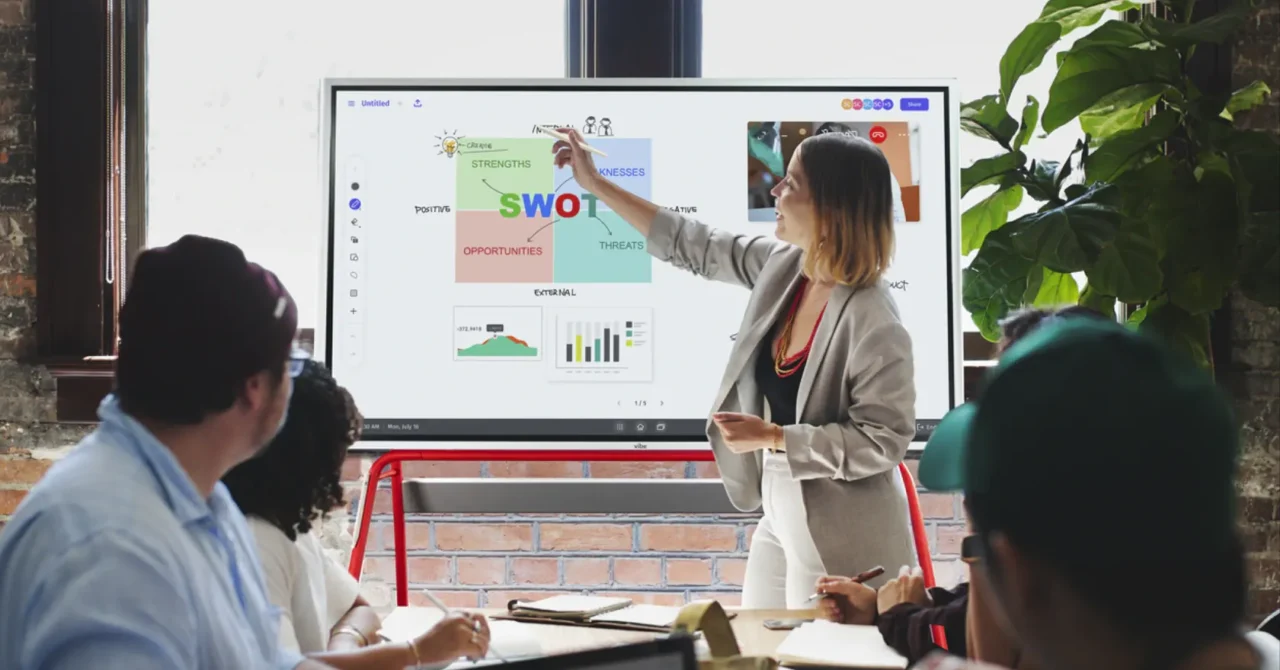 In conclusion, the emergence of smart classrooms in Malaysia signals a transformative shift towards a more dynamic, interactive, and inclusive education system. Through the integration of innovative technologies such as Smartboards and PTZ cameras, schools are empowering educators and students alike to embrace the opportunities of the digital age and prepare for the challenges of tomorrow. As Malaysia continues to pave the way for educational innovation, the promise of smart classrooms holds the key to unlocking the full potential of every learner.
In conclusion, the emergence of smart classrooms in Malaysia signals a transformative shift towards a more dynamic, interactive, and inclusive education system. Through the integration of innovative technologies such as Smartboards and PTZ cameras, schools are empowering educators and students alike to embrace the opportunities of the digital age and prepare for the challenges of tomorrow. As Malaysia continues to pave the way for educational innovation, the promise of smart classrooms holds the key to unlocking the full potential of every learner.
 In Malaysia, the adoption of Smartboards in classrooms has gained momentum, driven by the government’s initiatives to embrace technology-enhanced learning. Schools across the country are investing in these interactive tools to foster collaborative learning and cultivate digital literacy among students. The interactive nature of Smartboards encourages active participation, fostering a dynamic exchange of ideas and promoting critical thinking skills. Furthermore, Smartboards facilitate personalized learning experiences, allowing teachers to tailor instruction to individual student needs. Through interactive exercises and real-time feedback mechanisms, educators can assess student understanding and adjust their teaching strategies accordingly, fostering a supportive learning environment where every student can thrive.
In Malaysia, the adoption of Smartboards in classrooms has gained momentum, driven by the government’s initiatives to embrace technology-enhanced learning. Schools across the country are investing in these interactive tools to foster collaborative learning and cultivate digital literacy among students. The interactive nature of Smartboards encourages active participation, fostering a dynamic exchange of ideas and promoting critical thinking skills. Furthermore, Smartboards facilitate personalized learning experiences, allowing teachers to tailor instruction to individual student needs. Through interactive exercises and real-time feedback mechanisms, educators can assess student understanding and adjust their teaching strategies accordingly, fostering a supportive learning environment where every student can thrive.
 Complementing the functionality of Smartboards are PTZ (Pan-Tilt-Zoom) cameras, which play a pivotal role in enhancing the classroom experience. These advanced cameras offer remote-controlled pan, tilt, and zoom capabilities, providing educators with the flexibility to capture different perspectives and share content with remote learners in real-time. In Malaysia, where geographical barriers may hinder access to quality education, PTZ cameras bridge the gap by enabling virtual classrooms and remote learning initiatives. Students residing in remote areas can now participate in live lectures and interactive sessions, fostering inclusivity and expanding educational opportunities.
Moreover, PTZ cameras facilitate seamless collaboration among educators, enabling them to share best practices and resources across different schools and regions. Through virtual conferences and professional development workshops, teachers can engage in continuous learning and exchange ideas to enhance their pedagogical practices. The integration of Smartboards and PTZ cameras represents a significant step towards building a future-ready education system in Malaysia. By leveraging technology to create interactive and immersive learning experiences, schools are equipping students with the skills and competencies needed to thrive in the 21st century. However, the journey towards fully realizing the potential of smart classrooms requires concerted efforts from various stakeholders. Adequate infrastructure, teacher training programs, and sustainable funding mechanisms are essential to ensure the widespread adoption and effective utilization of these technologies.
Complementing the functionality of Smartboards are PTZ (Pan-Tilt-Zoom) cameras, which play a pivotal role in enhancing the classroom experience. These advanced cameras offer remote-controlled pan, tilt, and zoom capabilities, providing educators with the flexibility to capture different perspectives and share content with remote learners in real-time. In Malaysia, where geographical barriers may hinder access to quality education, PTZ cameras bridge the gap by enabling virtual classrooms and remote learning initiatives. Students residing in remote areas can now participate in live lectures and interactive sessions, fostering inclusivity and expanding educational opportunities.
Moreover, PTZ cameras facilitate seamless collaboration among educators, enabling them to share best practices and resources across different schools and regions. Through virtual conferences and professional development workshops, teachers can engage in continuous learning and exchange ideas to enhance their pedagogical practices. The integration of Smartboards and PTZ cameras represents a significant step towards building a future-ready education system in Malaysia. By leveraging technology to create interactive and immersive learning experiences, schools are equipping students with the skills and competencies needed to thrive in the 21st century. However, the journey towards fully realizing the potential of smart classrooms requires concerted efforts from various stakeholders. Adequate infrastructure, teacher training programs, and sustainable funding mechanisms are essential to ensure the widespread adoption and effective utilization of these technologies.
 In conclusion, the emergence of smart classrooms in Malaysia signals a transformative shift towards a more dynamic, interactive, and inclusive education system. Through the integration of innovative technologies such as Smartboards and PTZ cameras, schools are empowering educators and students alike to embrace the opportunities of the digital age and prepare for the challenges of tomorrow. As Malaysia continues to pave the way for educational innovation, the promise of smart classrooms holds the key to unlocking the full potential of every learner.
In conclusion, the emergence of smart classrooms in Malaysia signals a transformative shift towards a more dynamic, interactive, and inclusive education system. Through the integration of innovative technologies such as Smartboards and PTZ cameras, schools are empowering educators and students alike to embrace the opportunities of the digital age and prepare for the challenges of tomorrow. As Malaysia continues to pave the way for educational innovation, the promise of smart classrooms holds the key to unlocking the full potential of every learner.

